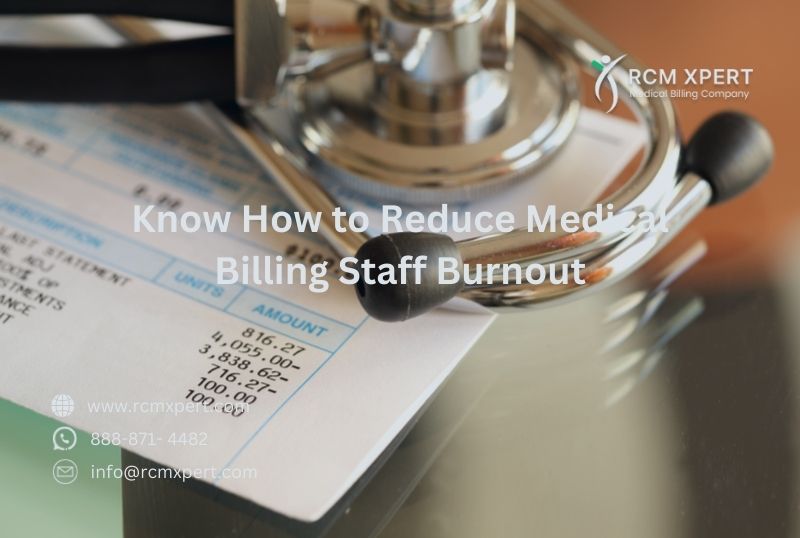The demanding nature of healthcare careers means medical professionals often face intense pressure and long hours. Unchecked, prolonged stress can lead to caregiver burnout over time. However, clinics and hospitals can take proactive steps to boost staff wellbeing and engagement.
Implement Daily Huddles
Optimal team communication is key, yet busy schedules allow little chance for connection. Dedicating 15 minutes each morning for a “daily huddle” provides a forum to address these issues. During huddles, personnel can review pressing patient needs, problem-solve challenges together, and coordinate staffing or equipment requirements for the day in a streamlined manner. It also gives an opportunity to acknowledge a job well done or say thanks, improving morale. Keeping huddles brief at 15 minutes respects everyone’s busy schedules while strengthening unit cohesion.
Define Clear Staff Roles
Confusion or overlap in staff duties frustrates productivity. Healthcare leaders should evaluate team skill sets then clearly delineate roles and expectations. For example, physicians likely focus on diagnosis/treatment, while nurses manage chronic medication or education needs. By playing to each member’s strengths, workloads feel manageable rather than burdensome. Cross-training also allows flexibility for absences. Periodic reviews ensure roles stay optimized as staff or patient populations change over time.
Limit After-Hours Work
Encouraging separation from job responsibilities outside standard shifts protects wellbeing. Automated email responses during non-business hours communicate designated rest periods that must be respected. Leaders themselves should model this behavior to encourage a healthier work-life balance organization-wide. Remote access to patient records for emergencies still maintains coverage in a controlled manner.
Foster Self-Care Among Ranks
Workplace wellness needs attention too. Initiative ideas range from basic (healthy onboard snack/meal options) to involved (partnering with local gyms for onsite yoga or Zumba classes). Walking meetings, standing desks or treadmill workstations break up prolonged sitting for health benefits. An Employee Assistance Program supports those under personal or professional stress with counseling resources. Investing in personnel ensures optimal care provision long-term.
Conduct Stay Interviews
Why do top performers remain? Regular stay interviews addressing positive/negative factors impacting staff satisfaction and retention provides valuable insight. Incorporating feedback improves all areas from sense of purpose to training adequacy. This communication serves engagement just as exit interviews identify friction points prompting unwanted departures.
Address Compassion Fatigue Risks
Emotional labour from supporting trauma cases or end-of-life discussions takes its toll without outlets. Peer support groups or counseling through an EAP helps manage this vicarious trauma. Units may hold remembrances honouring patients’ lives as a healthy memorial custom. Taking proactive steps counteracts desensitization effects to optimize caregiver wellbeing and prevent future burnout situations.
Prioritizing personnel self-care alongside quality patient services strengthens any healthcare organization for long-term success. Small changes can make a big difference for a sustainable, engaged workforce committed to serving community health needs.














